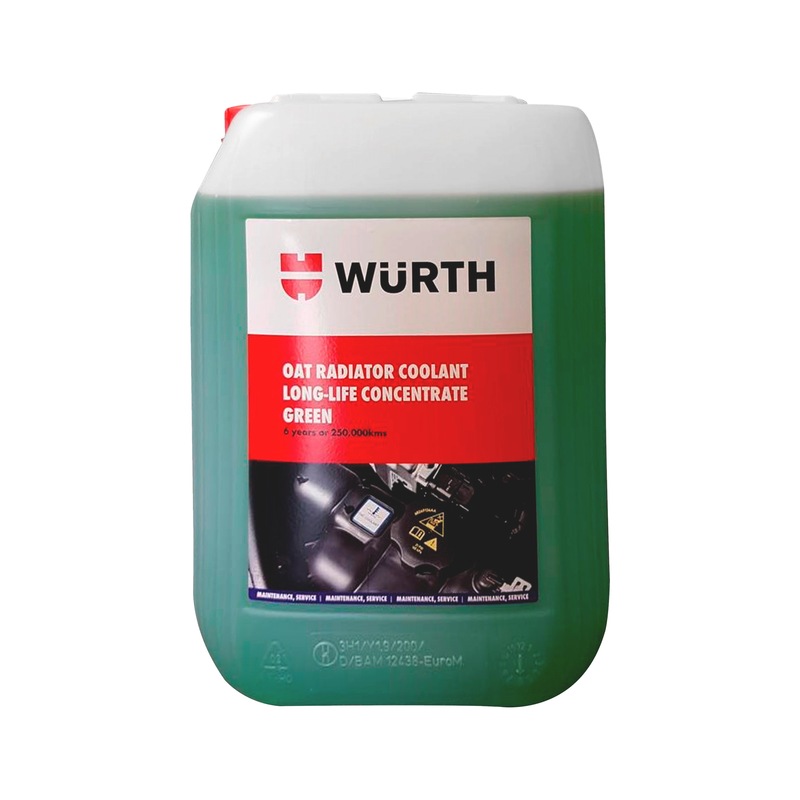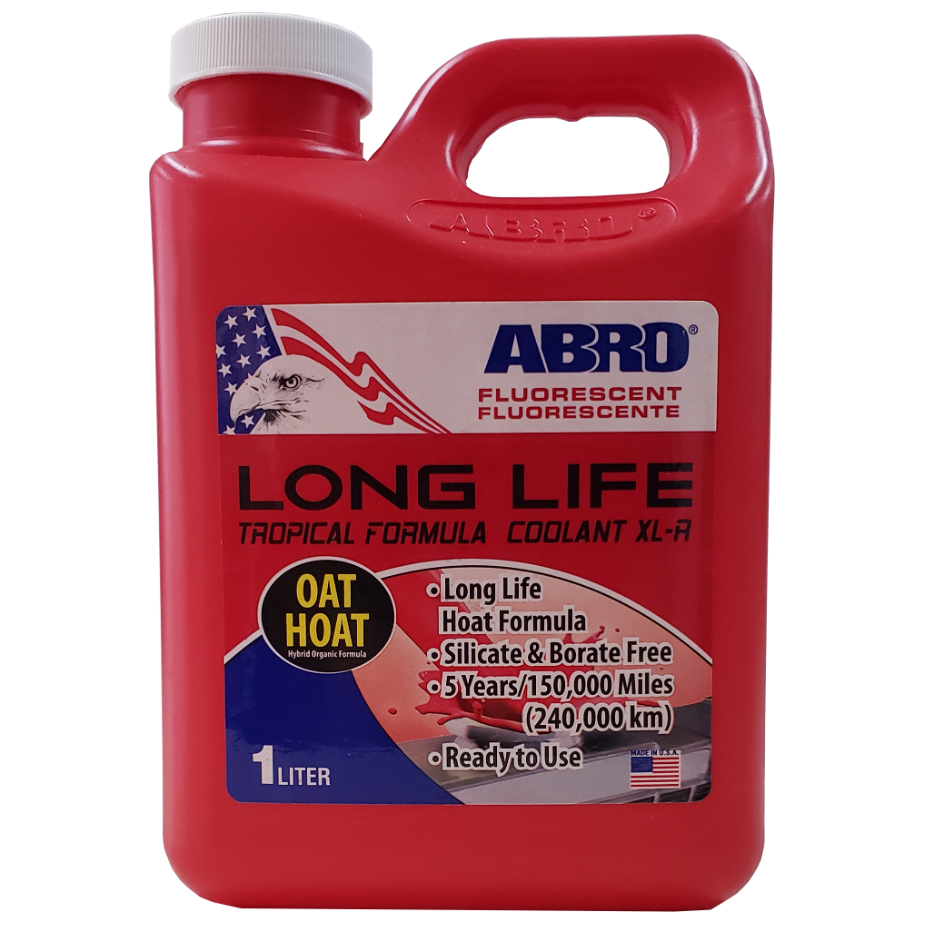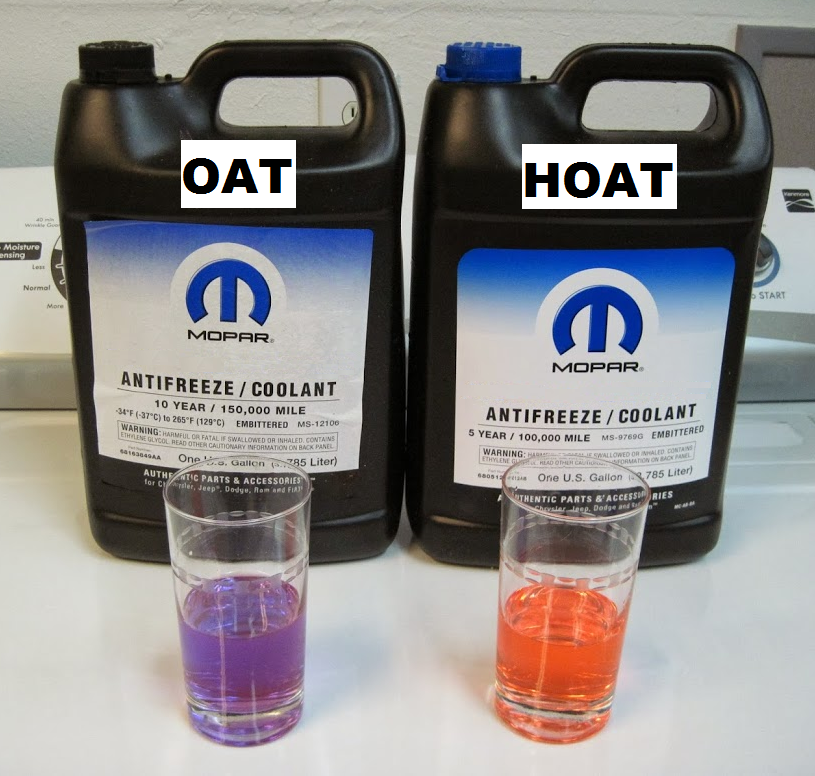

Newer cars with aluminum engines and cooling system components are mostly OK. This category of antifreeze cannot be used in systems containing yellow metals, meaning older cars with copper and brass cooling system components can not use this type of coolant. This means that their service life is extended. They contain organic salts to protect the cooling system. First off, these coolants don't have any silicates or phosphates. The newer OAT coolants work a bit differently than the older silicate-based IAT coolants. This can lead to an overheating engine, so consider the perceived cost-benefit you get from skipping coolant flushes versus the cost of a new engine. Below is a radiator with clogged ports due to the build-up of silicate.

This type of coolant should be flushed in two-year intervals in order to maintain proper functionality.įollowing this maintenance schedule will ensure the prolonged life of your cooling system. This means that the coolant loses effectiveness and fails to protect the internals after a few years. The downfall of this technology is that the additives deplete in a relatively short amount of time. Silicates provide a protective film that quickly forms on the inside of the system and does a great job protecting it from corrosion. This type is formed with silicates and phosphates.


It also doesn’t do a great job at protecting the engine's internal components against freezing. However, the downfall of water is that it doesn't have the correct corrosion inhibitors and lubricity for the components in your cooling system. Shop Coolant For Your Car At FCP EuroĬoolant, essentially, can be plain distilled water as water is a very effective coolant. The generic green or orange coolant may be compatible with your car, but that doesn't necessarily mean you should use it. The short answer is no, not all coolant is created equal. You may ask yourself, "why is there a difference?" Shouldn't all coolant work in all cars? This is because general automotive stores will stock coolant that works in the most amount of cars, be they domestic or Japanese imports that most people are driving. Many of us have tried to buy coolant locally but unfortunately, the typical automotive stores almost never carry the right type. What type do you get? How much of it do you need? Where can you get it? We've got your answers and some data to help you make the right call for your car. Buying coolant for your European car can be an ordeal.


 0 kommentar(er)
0 kommentar(er)
